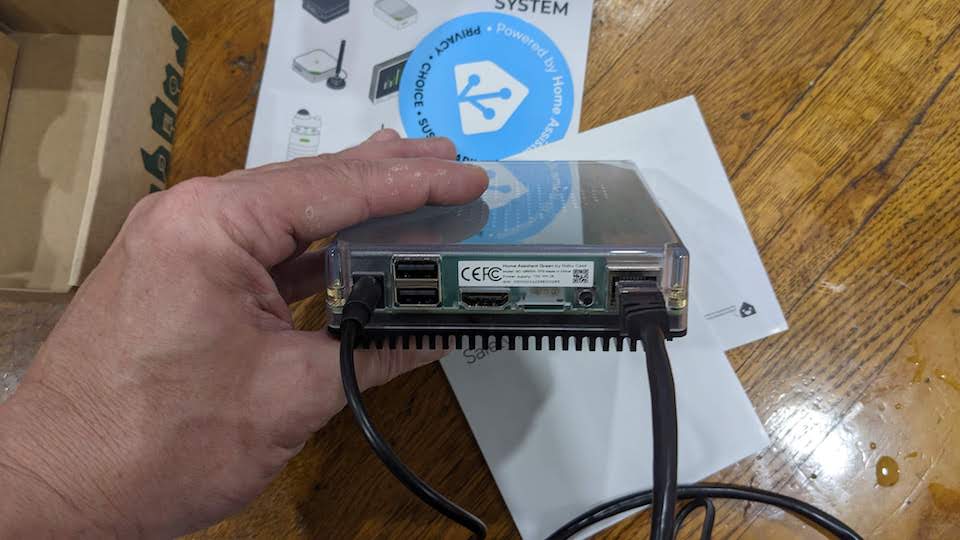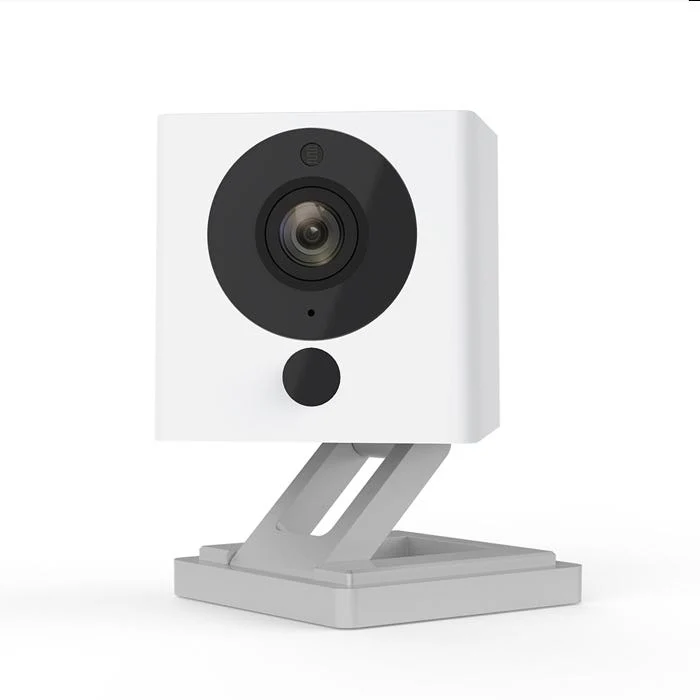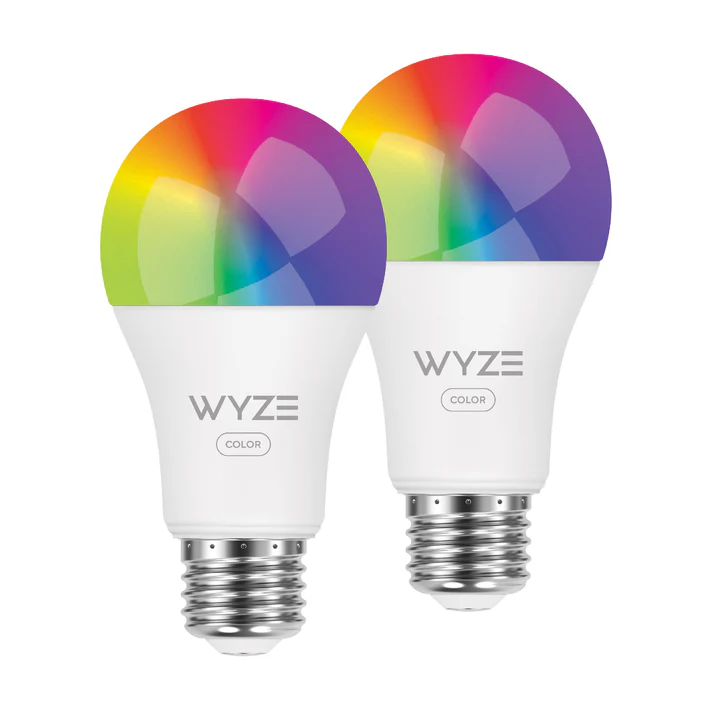Making It Smart and Frugal
I'm an early adopter of most new technology, but it took me a bit longer to get a smart house where I control outlets that seep energy and monitor the video streams from my bomb-proof underground bunker. Now that I've jumped fully on board, I thought I'd talk about the frugal tips on making your home smart while not succumbing to vendor lock-in or subscription costs that come with it.
Frugal Home Control
Most Home Control systems are simply Zigbee or Z-Wave hubs that manage the devices inside your home that report back to a central server that notifies you though the App you registered it with. Brand name ones usually come with a subscription to tie into their App so they can consolidate all the functionality in one stack. They also offer seamless integration of their own devices, but not anything you might already own, nor anything off brand that might be added later. This sucks.

Instead, you can buy the open-source and community-supported Home Assistant, and get all the functionality (and App) for free! As new technologies emerge (Matter), it'll be easily integrated with an upgrade, and basic USB ports allow me to add future functionality instantly with no need to buy all new hardware.
Having recently disposed of another enshittified branded consumer product, I realize many of my proposed smart home solutions are single branded (Wyze). Since Wyze does not manufacture the devices they sell (only reprograms and brands Chinese mass-produced tech), almost all of their products can be feasibly reflashed with an alternate firmware. Wyze avoids this by making their platform pretty open when it comes to control. This then offers two routes to control these devices, both via their own branded Wyze app as well as via Home Assistant. This adds a delightful functional redundancy and therefore, no Vendor Lock-in! I'm no shill, even though I play one on TV.
Frugal Video Monitoring

I'd always loved the inexpensive Wyze cameras. They are generic 1080p network cameras dropshipped from China, and then flashed with a custom Wyze OS that manages the linking to the 'home' server that handles streamed video and branded software updates and such.
They have an embedded USB port on the back of these cameras so you can easily flash these cameras with other OS's (or the native Chinese ROM) and make your own video services (see how Roku's cameras are simply Wyze cams rebranded?). As a hacker, I like this very smart use of off-the-shelf solutions with custom code.
However, Wyze switched to a subscription model a few years back (won't everyone someday?), and now push this annual cost option with all smart house purchases. Alas, the cameras have always had a SD slot that will accept a 32MB card; You can get 99% of the scroll-back-in-time video benefits with a subscription-free cheap 32gb SD card for (nearly) endless recording. Cost? $5 per SD card on top of the $20 per camera cost. Not having to pay $20/year for perpetuity? Priceless! I'd even go as far as to bi-yearly schedule replacement of the SD cards as they'll be expected to fail eventually with constant writing.
Frugal Exterior Lighting

Initially, I figured I'd splurge on Wyze RGB LED bulbs that are smart enough to be programmed. I could set-it-and-forget-it schedule based on sunset and sunrise, and add a splash of color to the house exterior during future holiday seasons. I gleefully bought a 4-pack of bulbs from Wyze ($40 or $10 per bulb), and ignoring the warnings of installing them in enclosed fixtures, replaced all my E26 base screw-in bulbs on the outside of my place.
Each 12w RGB bulb I'd bought had an expected lifetime of 25k hours, which is about 2.85 years of continuous use. To extend the lifecycle of each bulb, I simply limited the 'powered on' time for each bulb, assuming that no one comes or goes from my place after midnight, and I dont need to illuminate the front door then. But even running them for 6 hours a night would add up to 2,190 hours in a year, and I feel remiss limiting the security features of consistent exterior lighting.
Bulbs Smart, Human Dumb
Then the RGB bulbs started to die off one by one. Of course, it's because they're in the enclosed fixtures that killed them early - it builds up heat inside and shortens their lifetime considerably. Silly me! I lost two within a year. Now I'm obligated to replace these bulbs (and well before their expected lifespans), and I dislike throwing away all that embedded tech. So, I switched my strategy;

Now, each exterior light is controlled by a wired smart switch (also from Wyze), so I maintain the smarts of turning on at sunset and off at sunrise (plus, it's permanently installed, and sort of non-disposable tech). Each switch cost $10 each so they'll pay for themselves quickly, while still offering network access.
This time around, I shunned the $10 RBG color bulbs and went for longevity with my replacement bulbs; I bought a pack of 3W Cool LED bulbs for 66¢ each from a Chinese supplier, and changed the new on/off schedule from sunset to sunrise. I'm using a quarter of the energy (3w LED vs. 12w RGB), so I can also run them four times as long for the same electricity cost. These bulbs are rated for 50k Hours, (5.7 years continuous), so I can expect nearly 10 years use (even assuming 12 hr/ day use) before they need replacement. The 10-pack of bulbs might last this building decades... if only someone remembers where they stored them! We'll see if they die early due to their being in enclosed fixtures, but I assume the lower energy cost also means lower failure rate due to less heat produced.
Frugal Attention Seekers
I'll make this quick: Voice Assistants are everywhere: Siri, Alexa, Google, I get it. I tried and quickly dumped all Amazon-branded consumer products (Fire TV, Alexa) for they quickly divulged their true purpose: Advertising Vehicles (No surprise). From playing video ads automatically and/or always upselling other service offerings every 6 seconds, the sheer constant flicker of animated changing home screens was deemed too distracting for me, and they all had to go.
I still use Apple Computers, but I was there well before the iPhone, and am discouraged by the new direction the company is heading with touch-screen everything. Their advances in processors looks more like ridding themselves of dependence on third party manufacturer and less staying ahead of the curve of technology. All of their offerings are acquired corporate takeovers and repackaged with the Apple logo, but not built in-house anymore. They depend on a world market of developers to liven up the product line with features they themselves should integrate natively (while eventually buying the winning Apps and silently integrate into the OS). Their walled garden of devices is now a cultish lifestyle choice, only enforced by endless free iPhones being thrown at cellular subscribers with every coming year. Sorry Siri, I'm not drinking that Kool-Aid.
As if choosing the lessor of two evils is a choice... Since you probably have a Gmail account, the only real solution seems to be Google Home/Nest devices, and I'd agree. They don't run Ads (ever), or cross-promote other Google offerings. They show the photos I take on my Android phone automatically. Expensive Google Home/Nest devices allow you to video call, and it's pretty good for free. While I'm sure they're collecting data about me, I don't feel like they're sucking all the attention in the room. This may come back to bite me in the ass someday, but that day is not today.
Frugal Future (Not) Upgrades
The only other repeated habit I'm looking to automate is some sort of horizontal blind control that can open/shut and lift/lower traditional blinds. My cats have shredded previous plastic blinds, so I splurged on aluminum blinds, and now want to buy some sort of controller to automate the opening and closing of them. Have a lead? Get in touch...
Otherwise, I'm avoiding any of the room presence monitors (too 'big brother' collection of unnecessary data for a lone dweller), and don't have a garage door to open remotely or monitor. I also have a slew of home security devices that are considerably non-digital or networked (no wireless hackers!). I can program individual outlets with a handful of plug-in smart switches of assorted varieties using Home Assistant (or their own apps). Heating and cooling is handled by simple programmable thermostats (also not networked!) and my actual presence is required to turn them on or off by hand. As I'm nowhere near flood plains, I don't monitor water intrusion outside of annual roof inspections.
So far, I'm pretty pleased with the (checked) intelligence of my smart home, and while it's not as seamless or smooth as suggested on Star Trek, it's pretty future-like!